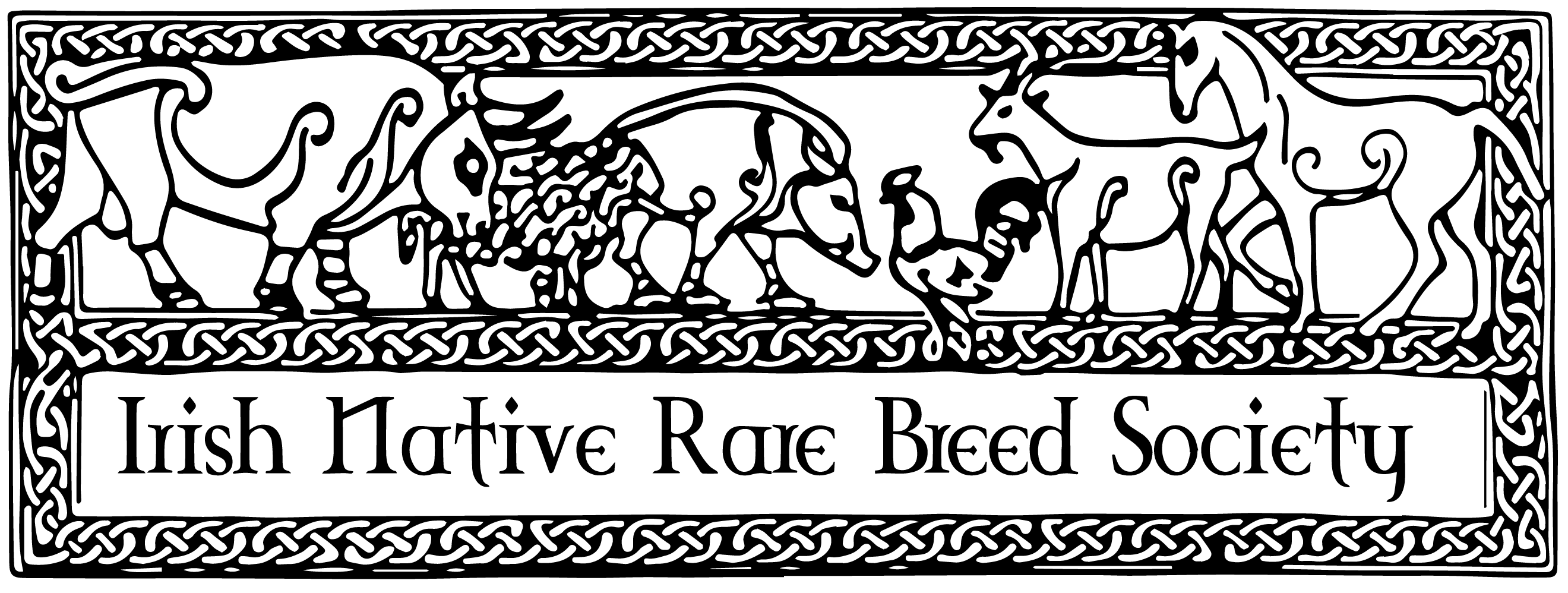Pigs
Key Characteristics
All modern day domestic breeds of pig are decedents of the wild boar. Each breed varies in colour and size and has been bred for certain characteristics such as muscle and fat depth, ability to thrive in certain climates and meat quality. Although all pig breeds have the same instinctive foraging abilities that is associated to the wild boar only some breeds are suitable for outdoor grazing and sustainable farming practices in Ireland due to the cool wet climate.
History
It is thought that humans started domesticating wild boar around 9000 years ago. Many archaeological sites in Ireland have found pig bones, indicating that pigs and wild boar were an important part of the diet of the early Irish as well as in mainland Europe. By the 12th century there are documented reports of huge numbers of wild boar and semi feral pigs ranging rural areas and towns alike. In the 1500’s when Ireland underwent rapid de forestation the natural habitat of the wild boar became fragmented and the boar were gradually hunted to extinction. In Ireland domesticated pig meat became a valuable export commodity through the 18th century, and by the time the Irish famine hit there were around 1.4 million domestic pigs in Ireland. The market never recovered, and the old native breeds of pig died out, there are now no true native Irish pig breeds left. However, the last link to the Irish native pig maybe the Tamworth pig which is thought to be descended from the greyhound pig.
Traditional Breeds
Since Irish native pig breeds are all extinct here are some traditional breeds that maybe considered suitable for conservation grazing projects due to their robustness and ability to range and forage. These breeds have higher levels of body fat and suffer less metabolic stress when exposed to lower quality feeds, which seasonally may be the case on a larger forage-based diets.
- Saddleback
- Tamworth
- Gloucester Old Spot
- Berkshire
- Duroc
Uses
Traditional pig breeds are extremely popular for artisan meat manufacturing such as free range and organic pork products. There is a growing market for free range pork in restaurants due to the more distinctive taste, darker colour and tenderness of the meat due to the more natural environs of the pigs and the low stress levels they experience when reared in small outdoor groups.
Suitable Habitats
Outdoor pigs can be reared in many lowland situations where there is experienced management available to monitor the welfare of the pigs on a regular basis. Good fencing is essential to retain the pigs in the area being grazed. Due to their rooting activities pigs are a popular choice where natural ground disturbance is desirable. Pigs are popular in conservation projects especially in woodland management situations where their foraging activity mirrors that of the wild boar. This action helps reduce the density of the ground layer and increases ground disturbance allowing colonisation and regeneration to take place. The main target species for pigs within woodlands are Brambles, Nettles, Bracken, Couch grass, Willow, and Wild Roses and they will cover vast areas efficiently. Pigs can also be used to effectively manage areas of bracken; they are unaffected by the toxins although they will require supplementary feeding and close monitoring.
Case studies – highlighting how the breed is being farmed in Ireland
Pigs on Winetavern Farm by Dermot Allen
